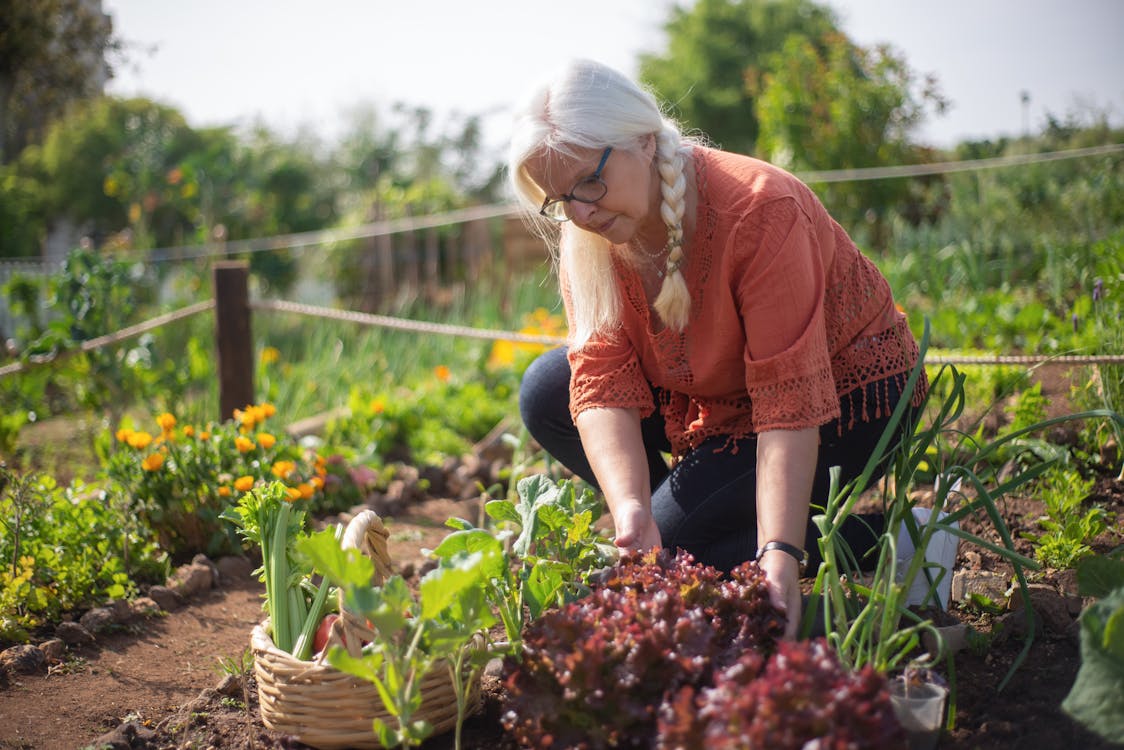Successful Vegetable Gardening: A Comprehensive Guide
"The Ultimate Guide to Starting a Productive Vegetable Garden at Home: Tips, Tricks, and Techniques for Success"
Gardening is an enjoyable and rewarding hobby for many people. It allows you to connect with nature, produce fresh produce for your family, and create a beautiful outdoor space. With the rise in popularity of sustainable living and self-sufficiency, starting a garden at home has become more appealing than ever before. If you're new to gardening and want to get started, this comprehensive guide will walk you through everything you need to know.
 |
| Image source : PEXELS |
Step 1: Choose the Right Location
The first step in starting a successful garden is to choose the right location. You'll want to find a spot that gets plenty of sunlight, has well-draining soil, and is protected from strong winds. Most vegetables need at least six hours of direct sunlight each day to thrive. If you're short on space, you can also consider starting a container garden on your porch or balcony.
Step 2: Plan Your Garden
Before you start digging, it's important to plan your garden. This will help you determine the best location, the size of your garden, and what you want to grow. Consider factors such as the climate, your soil type, and the amount of space you have available. You can use a garden design software, sketch a plan on paper, or use a simple grid system to help you visualize your garden layout.
Step 3: Prepare the Soil
Once you've planned your garden and chosen the right location, it's time to prepare the soil. This involves removing any weeds, rocks, and debris, and adding organic matter to improve the soil structure. If you have heavy clay soil, consider adding compost or sand to improve drainage. If your soil is too sandy, add organic matter such as compost, peat moss, or well-rotted manure to help retain moisture.
Step 4: Choose Your Plants
When it comes to choosing plants for your garden, the possibilities are endless. Consider the climate, soil type, and amount of sunlight in your area when selecting plants. Start with easy-to-grow plants such as tomatoes, lettuce, carrots, and beans. As you gain more experience, you can add more challenging plants like strawberries, pumpkins, and peppers.
Step 5: Start Planting
Once your soil is prepared and you've chosen your plants, it's time to start planting. Follow the instructions on the plant labels, and plant at the recommended depth and spacing. If you're planting seedlings, make sure to water them thoroughly after planting. Be sure to water your plants regularly, especially during hot and dry weather.
Step 6: Maintain Your Garden
Once your garden is established, it's important to maintain it to ensure its success. This includes watering, weeding, pruning, and mulching. Mulching helps to conserve moisture and suppress weeds, while pruning helps to keep your plants healthy and promote new growth. Weeding is also important, as weeds compete with your plants for water and nutrients.
Step 7: Harvest Your Produce
As your plants grow and mature, you'll be able to harvest your produce. This is the most rewarding part of gardening, as you get to enjoy the fruits of your labor. Make sure to pick your produce when it's ripe, as this will ensure the best flavor and quality. You can also consider preserving your harvest by canning, freezing, or drying.
 |
| Image source : PEXELS |
Starting a garden at home is a great way to connect with nature, produce fresh produce for your family, and create a beautiful outdoor space. With a little planning, preparation, and maintenance, you can have a successful garden that provides you with fresh produce for years to come. So why wait? Get started on your gardening journey today!








Leave a Comment